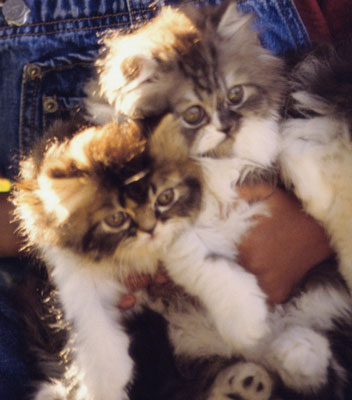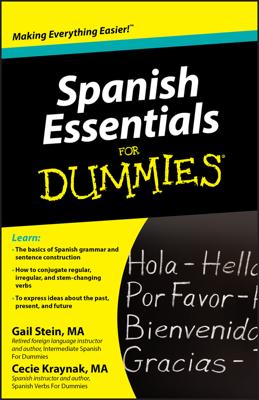Placing adjectives in the right spot can be tricky in Spanish because different types of adjectives are positioned differently in a sentence. To help solve the mystery of Spanish adjectives, follow these simple steps.
Identify the noun being modified.

In the phrase dos gatos feos (two ugly cats), feos (ugly) is an adjective describing gatos (cats). In Spanish, adjectives may precede or follow the noun they modify.
Most adjectives follow the noun, but don’t count on this rule of thumb all the time. An adjective’s placement depends on the type of adjective being used, the connotation the speaker wants to convey, and the emphasis being used.
Determine the type of adjective being used.
An adjective can be descriptive (like blanca, which means white), possessive (such as mi, which means my), or demonstrative (like esa, which means that). It can also indicate quantity (such as muchos, which means many; or décimo, which means tenth).
Use the adjective’s type to place it appropriately in a sentence.

Most descriptive adjectives in Spanish tend to follow the noun they modify. For example, descriptive adjectives such as delgado and querido follow the nouns they modify:
Ese hombre delgado es mi padre querido. (That thin man is my dear father.)
Adjectives that impose limits — numbers, possessive adjectives, demonstrative adjectives, and adjectives of quantity — usually come before the noun they modify. The possessive adjective su and the number una precede the nouns they modify:
Su novia francesa trabaja en una compañía próspera. (His French girlfriend works in a successful company.)

